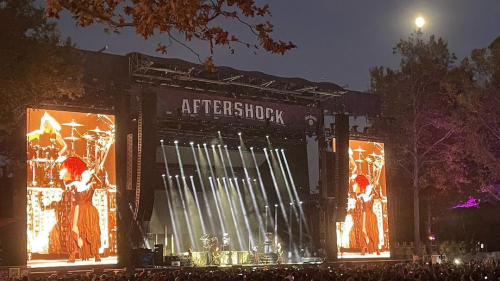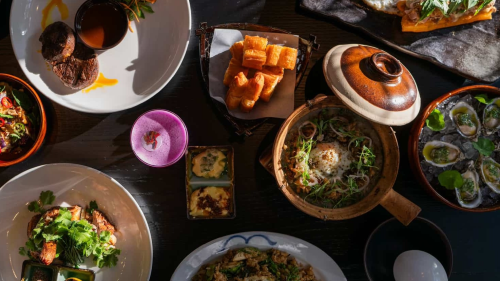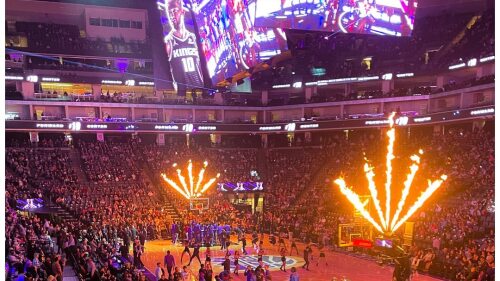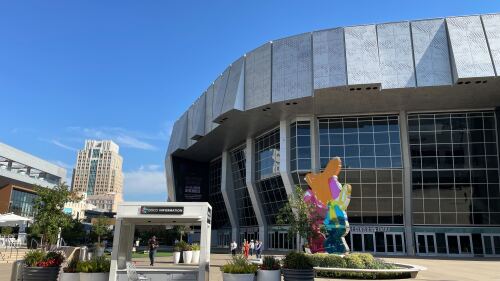For 50+ years, Sunrise Mall has stood just outside of Sacramento city limits as a beacon of suburban spending. But, years of online shopping, shifting consumer spending habits, and competing local shopping centers — not to mention that whole pandemic thing — have slowly moved the space closer and closer toward retail obscurity. The large number of empty storefronts within the space begs the question — what is next for Sunrise Mall?
After months of community outreach and input, the Citrus Heights City Council unanimously approved the Sunrise Tomorrow Specific Plan in November 2021, which outlined a multi-phase project spanning 20+ years that will transform the 95-acre mall into a hub that extends beyond retail space. It will also include housing, community engagement, office space, outdoor events, and more.

An artist’s rendering of a revitalized Sunrise Mall area.
Photo via City of Citrus Heights
ICYMI (or in case you forgot, these things move slowly) the transformation of the mall centers around Five Big Ideas laid out by the city of Citrus Heights:
Community + Regional Destination
The first Big Idea is to transform areas within the mall into mixed-use public gathering spaces, creating a “Main Street atmosphere” that acts as the centerpiece for all other Sunrise Mall amenities. This would feature family-friendly dining and activity options, while still leaving space for outdoor events such as farmers markets.
Connected Green Spaces
Part of the plan is for Sunrise Mall to contain a series of interconnected pathways and trails, allowing visitors to traverse the mall without a car. It would also feature playgrounds for children, water fixtures for the summer months, and an increased tree canopy to block heat and collect rainwater.
Streets for People
An important aspect of the redevelopment is to create safe and accessible streets for guests to navigate either by bike or on foot. A new Sacramento Regional Transit center would also be built on the western edge of the mall, along with parking structures and lots that would allow community members to safely leave their vehicles before exploring the grounds.
Livable Communities
A portion of the 1.4 million sqft of retail space would be converted into as many as 2,200 housing units, ranging from townhomes to mixed-use residential spaces to senior living areas.
Economic Engine
The proposal also includes office spaces and hotels that would contribute to an estimated 3,477 newly created jobs. The city projects it could produce an economic output up to $447 million — all while allowing residents to enjoy a better work-life balance through on-site housing, dining, shopping, and entertainment options.











